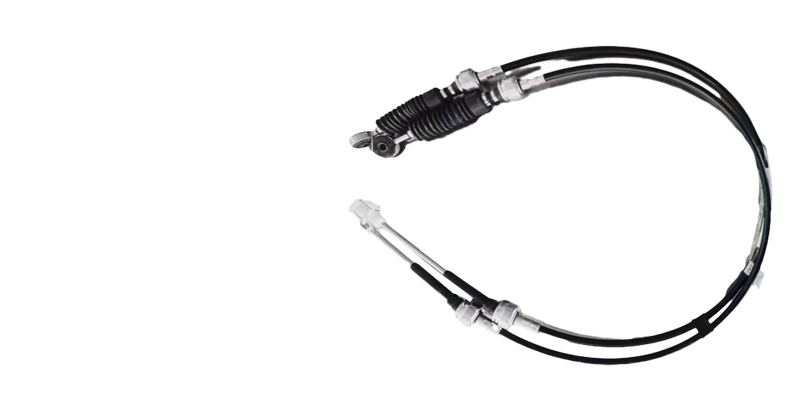Understanding the Functionality and Benefits of Cable Hand Brakes in Various Applications
The Importance of Cable Hand Brakes in Modern Vehicles
In the world of automotive engineering, several components play pivotal roles in ensuring the safety and efficiency of vehicles. One such critical component is the cable hand brake, commonly known as the emergency brake or parking brake. This mechanical device is essential for securing a vehicle when it is parked and is particularly vital in hilly or uneven terrains. Understanding the function, benefits, and maintenance of cable hand brakes can enhance the drivability and safety of any vehicle.
A cable hand brake operates using a simple mechanical mechanism—a cable that connects the brake lever inside the car to the brake system at the wheels. When activated, pulling the lever tightens the cable, which then clamps down on the brake shoes against the brake drum (in drum brakes) or the brake pads against the brake rotor (in disc brakes). This action provides the necessary friction to hold the vehicle in place, preventing it from rolling away unintentionally.
One of the primary benefits of a cable hand brake is its reliability. Traditional hydraulic braking systems can fail due to leaks or fluid loss, but a cable system relies solely on mechanical connections. This means that, in the event of a hydraulic failure, drivers can still engage the hand brake to stop the vehicle or keep it stationary. As a result, having an efficient hand brake system is crucial, particularly in emergencies or sudden stops.
Moreover, the cable hand brake is particularly useful in specific driving conditions, such as on steep inclines. It helps drivers prevent their vehicles from rolling backward when transitioning from a stop to acceleration. In such situations, engaging the hand brake allows the driver to manage the vehicle more safely before releasing the brake and accelerating forward. For vehicles transporting heavy loads or towing a trailer, this feature becomes even more crucial, ensuring stability and control.
cable hand brake

Maintenance of the cable hand brake is also essential for optimal performance. Regular inspections are necessary to check for wear and tear on the cable itself, as well as the brake components it controls. Over time, cables can stretch or fray, weakening their effectiveness. It is advisable for vehicle owners to periodically test the hand brake for responsiveness, ensuring it holds the vehicle firmly when engaged. If any issues arise, replacing the cable or adjusting the brake system may be required to restore functionality.
In addition to regular maintenance, it is also essential to educate drivers on the proper use of hand brakes. Many drivers may neglect to engage the hand brake when parking, particularly in flat areas, which can lead to accidents if the vehicle rolls. Even on flat surfaces, using the hand brake can provide an extra layer of safety. When parking on inclines, drivers should always engage both the traditional brakes and the hand brake to prevent any movement.
Advancements in automotive technology have led to the incorporation of electric parking brakes in newer vehicles. However, many models still use traditional cable hand brakes due to their simplicity and ease of repair. Regardless of the type, understanding how hand brakes work and their importance in vehicle safety should be a priority for all drivers.
In conclusion, cable hand brakes are a fundamental component of automotive safety, playing a significant role in securing vehicles and preventing accidents. Understanding their operation, benefits, and maintenance can lead to safer driving practices and improved vehicle reliability. As we continue to navigate the complexities of modern driving, ensuring that our hand brakes are in optimal condition is more critical than ever.
-
Upgrade Your Vehicle with High-Quality Handbrake CablesNewsNov.01,2024
-
Optimize Your Bike's Performance with Quality CablesNewsNov.01,2024
-
Enhance Your Vehicle's Performance with Quality Clutch ComponentsNewsNov.01,2024
-
Elevate Your Vehicle's Performance with Quality Throttle CablesNewsNov.01,2024
-
Elevate Your Vehicle's Performance with Quality CablesNewsNov.01,2024
-
Affordable Solutions for Your Cable NeedsNewsNov.01,2024
